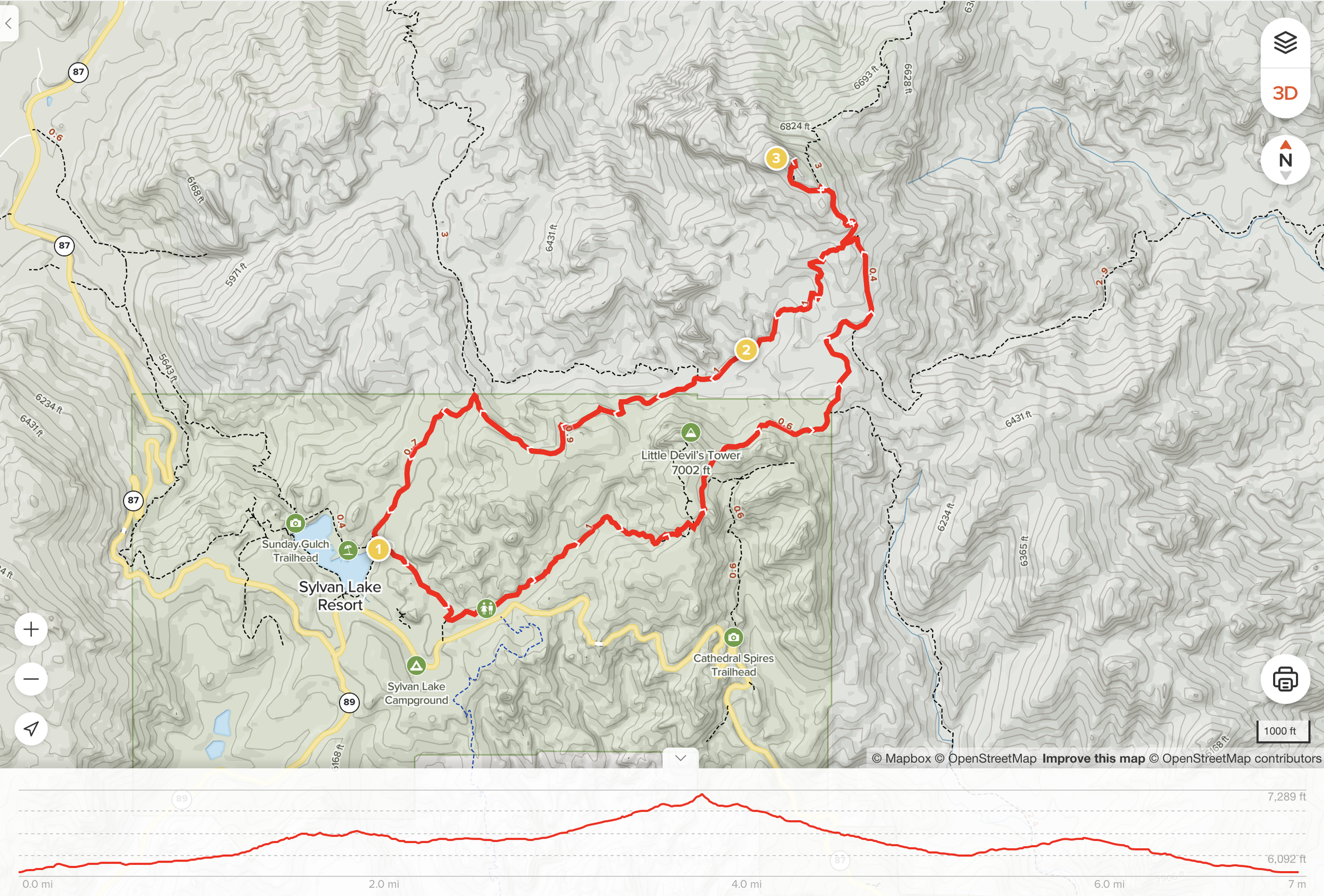Black Elk Peak The Highest Peak in South Dakota
Black Elk Peak is the highest peak in South Dakota and the highest in the Midwestern United States.
At 7,244 feet, Black Elk Peak offers jaw-dropping views of the Black Hills of South Dakota. On a clear day, you can see Wyoming, Montana, Nebraska, and North Dakota from the summit.
In this blog post, I will share with you everything that you need to know before getting to the summit of Black Elk Peak including trail information, what to pack, wildlife on the trail, safety tips, as well as my experience climbing this peak (including a video at the end of this blog post).
Why is it named Black Elk Peak?
Black Elk Peak (Formerly named Harney Peak) was renamed on August 11, 2016, by the U.S. Board on Geographic Names.
It’s named Black Elk Peak to honor Black Elk, a noted medicine man from Lakota (Native American people) He was a second cousin of the war leader Crazy Horse (If you have extra time to spend in South Dakota, it’s worth stopping by Crazy Horse Memorial).
How to get to Black Elk Peak
The majority of the trails to get to Black Elk Peaks are located in Custer State Park.
Custer State Park requires an entrance fee of $20 per vehicle valid for one week. you can find more information on the park’s page.
Black Elk Peak hiking trails
There are multiple trails to choose from to reach the summit of Black Elk Peak from Custer State Park or various locations in the Black Elk Wilderness:
Sylvan Lake Trail #9 (Black Elk Peak Trail #9)
Little Devils Tower Trail #4
Willow Creek Trail #9
Norbeck Trail #3
Grizzly Bear Trail #7
Cathedral Spires Trailhead #4
Horsethief Lake.
Lost Cabin Route.
The most popular trails for first-time visitors are Black Elk Peak Trail #9 and
Little Devils Tower Trail #4.
I chose to follow Black Elk Peak Loop. This loop follows Black Elk Peak Trail #9 on the way up and Little Devils Tower Trail #4 on the way down. It’s a wonderful route to keep the hike exciting on both the way up and down. I highly recommend following a loop.
Black Elk Peak Loop
This trail starts near Sylvan Lake in Custer State Park and enters into the Black Elk Wilderness area.
The trail is well-marked and easy to follow.
At the summit of Black Elk Peak, there is a historic stone fire tower that is no longer in use but is open to the public for viewing.
Black Elk Peak Loop
How long does it take to climb Black Elk Peak?
Black Elk Peak is considered a moderate hike. On average, it takes between 3 to 4 hours to complete.
Wildlife in Black Elk Wilderness
Black Elk Wilderness is abundant in wildlife. Wildlife present in the area includes deer, elk, mountain goats, bighorn sheep, mule deer, antelope, pronghorn, raccoons, porcupines, marmots, white-tailed deer, foxes, and numerous birds. There are rare sightings of mountain lions and coyotes as they generally don’t like being around people.
What to pack for Black Elk Peak
Although a moderate hike, it’s always important to be well prepared before getting outside.
Pack the 10 Essentials of Hiking and be sure to check the weather forecast before your hike.
The trails leading to the summit are easy to follow but carry a map and let someone know where you’re headed.
There are a few water sources on the trail but I would suggest carrying your own water as this isn’t a very long hike.
Below are my favorite peaces of gear for every day hike.
In addition to your gear, make sure that you have enough snacks for the trail.
As we hike for long hours, we use a lot of sodium through sweat. Drinking water is not sufficient. I personally like to throw a Nuun tablet (Electrolyte drink tablet) to replenish or have a few salty snacks as an alternative.
Below are some of my favorite snacks for the trail, both sweet and salty.
Hiking Black Elk Peak is a must when visiting South Dakota. While I was welcomed by a lot of fog at the peak, it was still worth it. The views from the summit on a clear day are stunning.
The video down below is a recap of my experience getting to the summit of Black Elk Peak.
